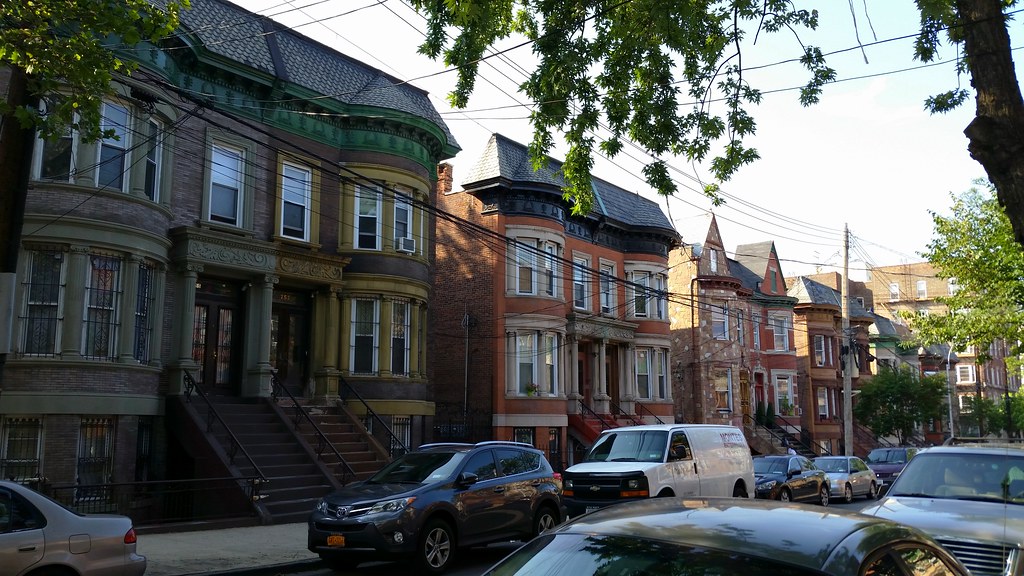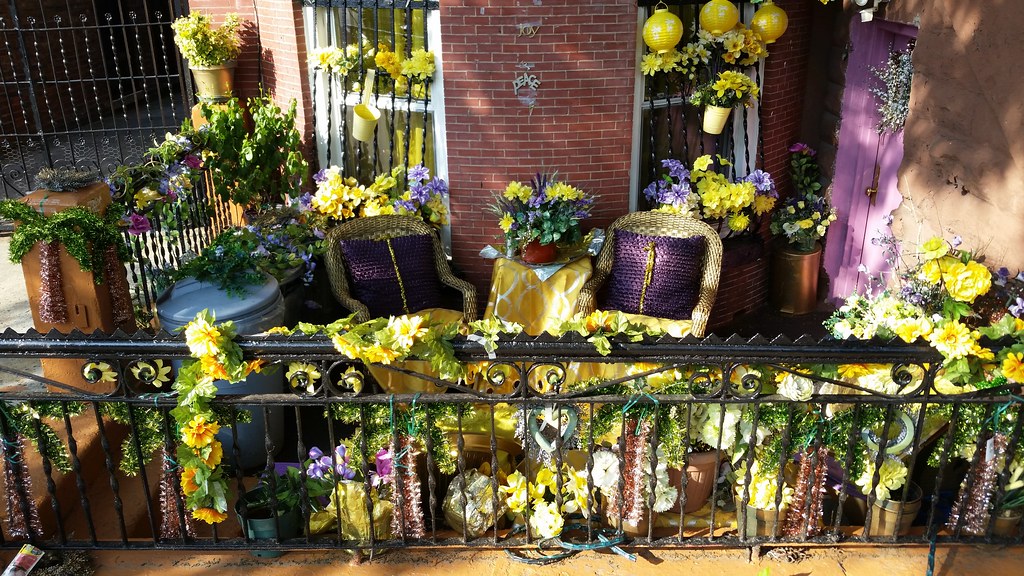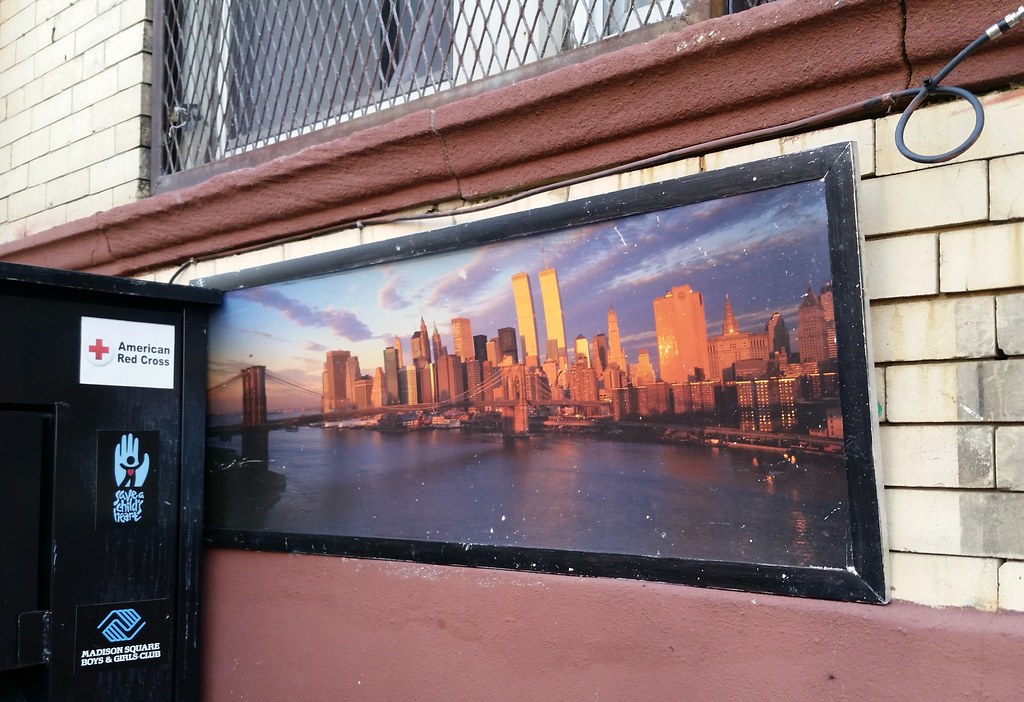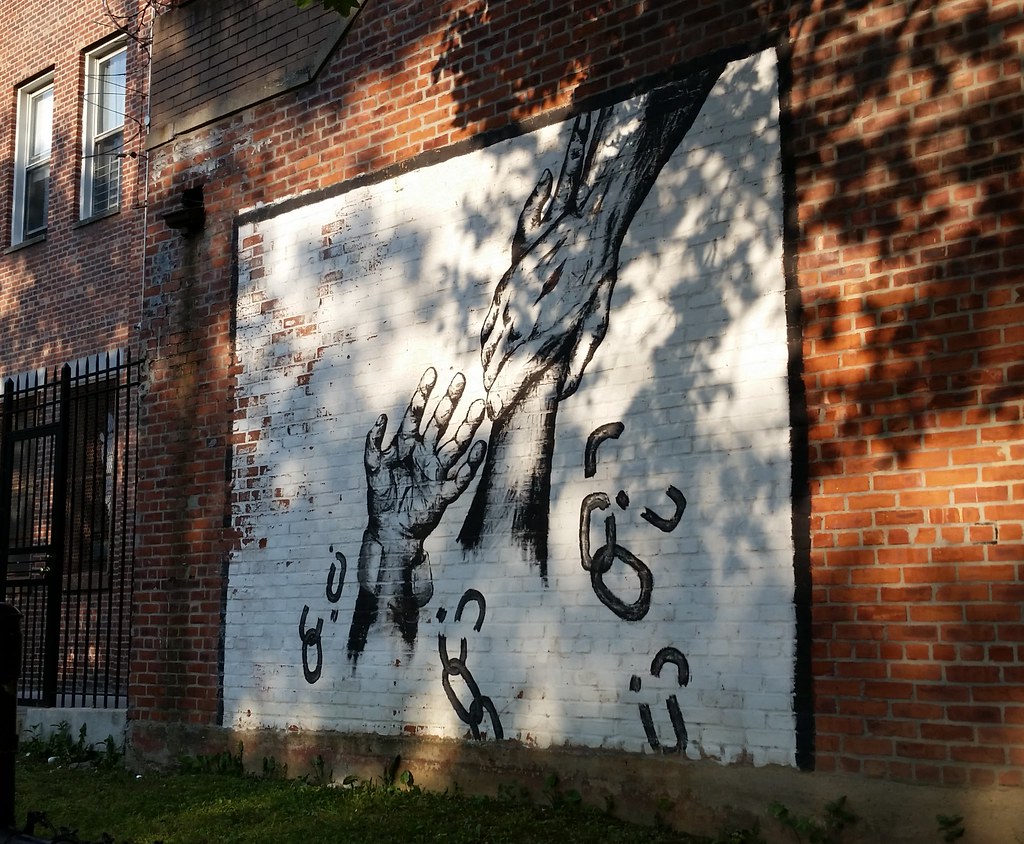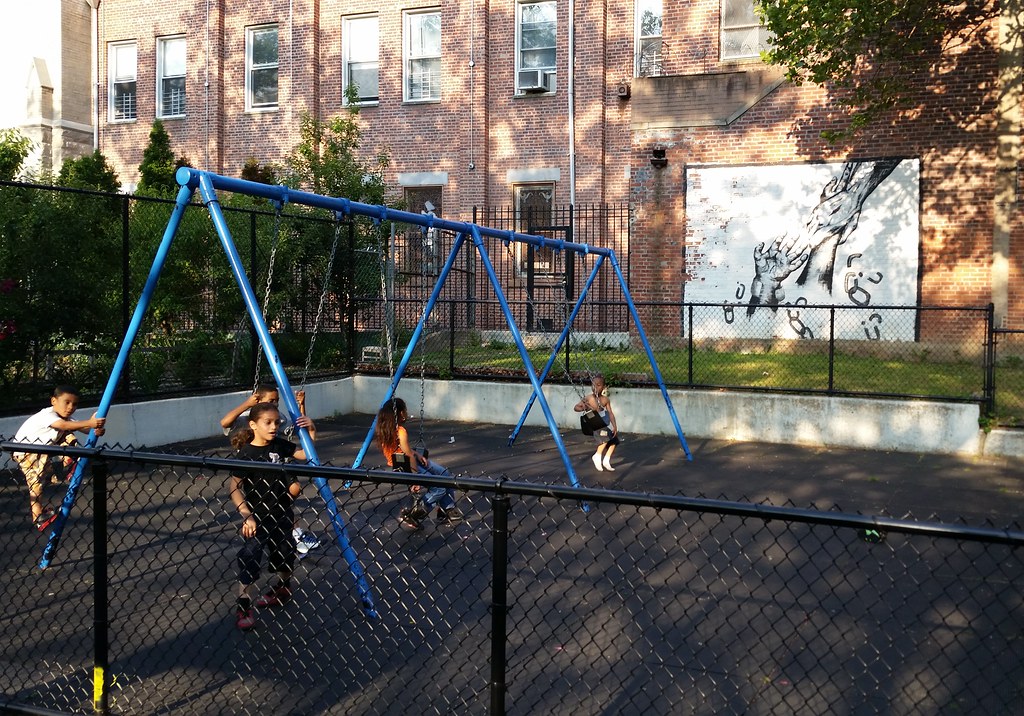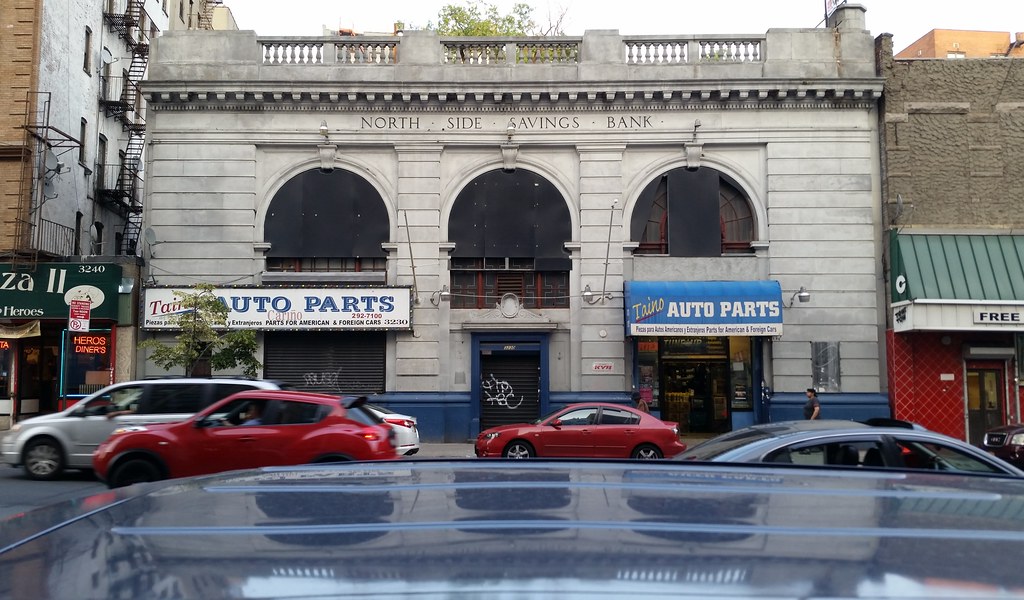
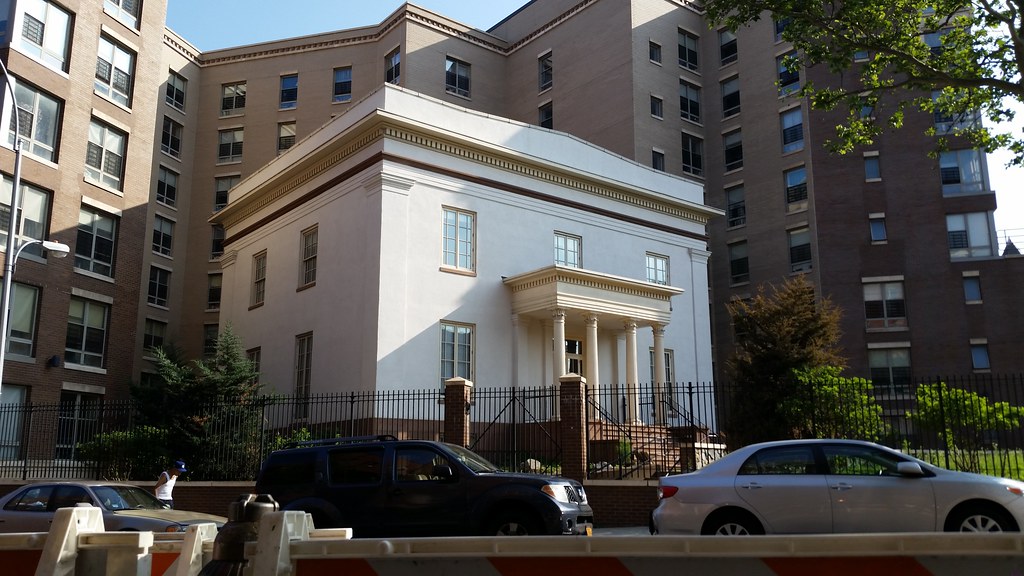
This building, the former Denison-White Mansion, was erected around 1850 by Charles Denison, a Manhattan merchant. It stood on the grounds of his estate, Longwood Park, which was later purchased by his son-in-law, Samuel B. White.
The mansion's residential days, and the area's rural character, came to an end around the turn of the 20th century, when George F. Johnson set up his real estate office in the building and began developing what is now the Longwood Historic District. By 1901, with an extension built onto its south side, the mansion had been redesigned as a clubhouse for the new development. Known as the Longwood Club, it contained "bowling alleys and billiard and reading rooms". The Unity Club and the Martinique Club were later occupants of the building, which would also go on to serve as a Juvenile Service League center and a Police Athletic League facility.
Following a lengthy period of abandonment, the building was in pretty bad shape when a pair of housing non-profits began an extensive restoration/reconstruction effort in 2006 or 2007. (It looks like two exterior walls may be the only surviving pieces of the old structure.) Now called Fox Hall, the building is "the main activity hub and community gathering space at the heart of" Cedars, a 95-unit affordable housing development for low-income and formerly homeless seniors and grandfamilies (grandparents raising their grandchildren).

This vacant building was originally the Prospect Theatre, a vaudeville house that opened in 1910 (postcard image) with a seating capacity of 1,600 (interior photo). Looking through the NY Times archive, I can see that the Prospect was primarily staging Yiddish plays by 1925, and continued to do so until at least late 1934. Based on this photo, I would guess that the theater became a movie house in late '34 or '35 (Twentieth Century was released in '34). A couple of commenters on cinematreasures.org say they remember watching Spanish-language films here between the late '50s and late '60s. It sounds like the place survived until 1986 or so, and then was revived for a few years in the 21st century as the Olympic Theater Concert Hall, a live performance venue.
From the NY Times, February 2, 1914:
Louis Lifschitz, a paper box manufacturer, of 874 Union Avenue, and his wife were about to enter the Prospect Theatre, at Prospect and Westchester Avenues, the Bronx, yesterday afternoon, when Mr. Lifschitz put his hand in his pocket and discovered he had been robbed of $265. Mrs. Lifschitz, on hearing the news promptly fainted. This was too much for Lifschitz. He gave one glance at his wife, and then fell in a faint beside her.
The incident caused much excitement in front of the theatre, and policemen came running from all directions to quiet the throng. An ambulance was summoned from Lebanon Hospital, and Dr. Weinberg of that institution revived Mrs. Lifschitz and her husband. The two then proceeded to the Morrisania Police Station, where Lifschitz reported the robbery.
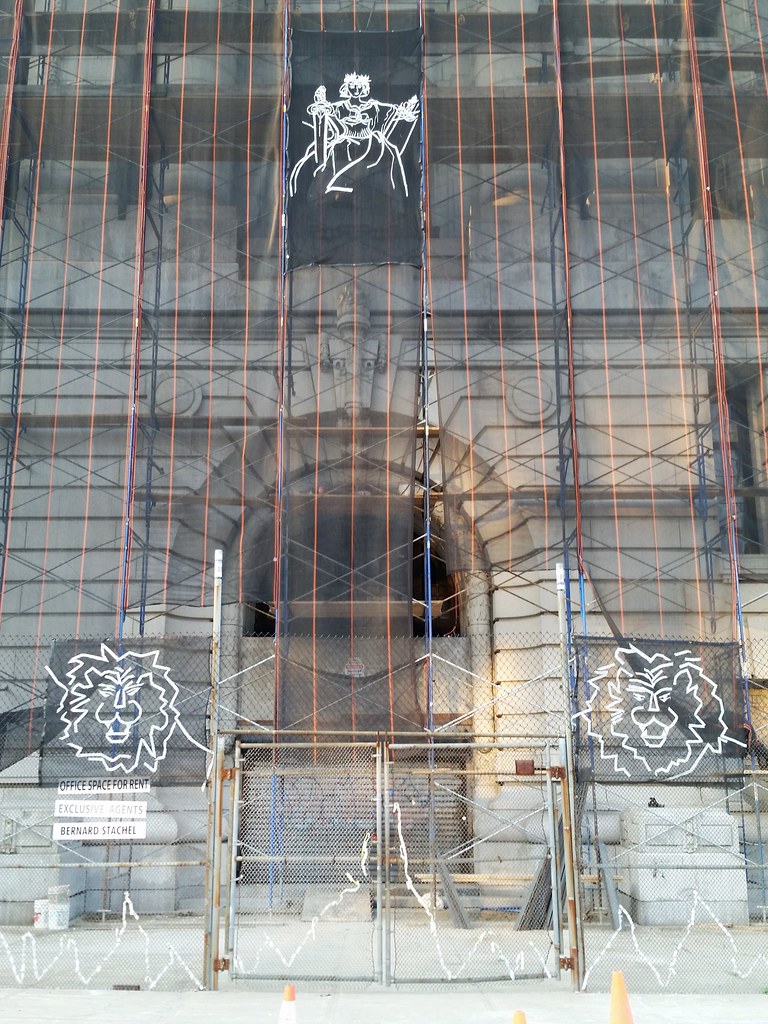
Vacant since 1978, the old Bronx Borough Courthouse is currently undergoing a $10 million renovation. One of the owners hopes to reopen the building by 2017, although he doesn't yet know what it will be used for.
The figures "drawn" on the construction netting are part of an art exhibition that has opened the former courthouse to the public, if only temporarily, for the first time in almost four decades. At the top of the photo is a two-dimensional version of the Lady Justice statue that lies beneath the netting. The two maned lion heads at the bottom made me wonder if the artist was suggesting that lion statues once stood atop the empty pedestals flanking the entrance, à la Patience and Fortitude. This old photo of the building shows that there were no lions, however, but rather what appear to be light fixtures.
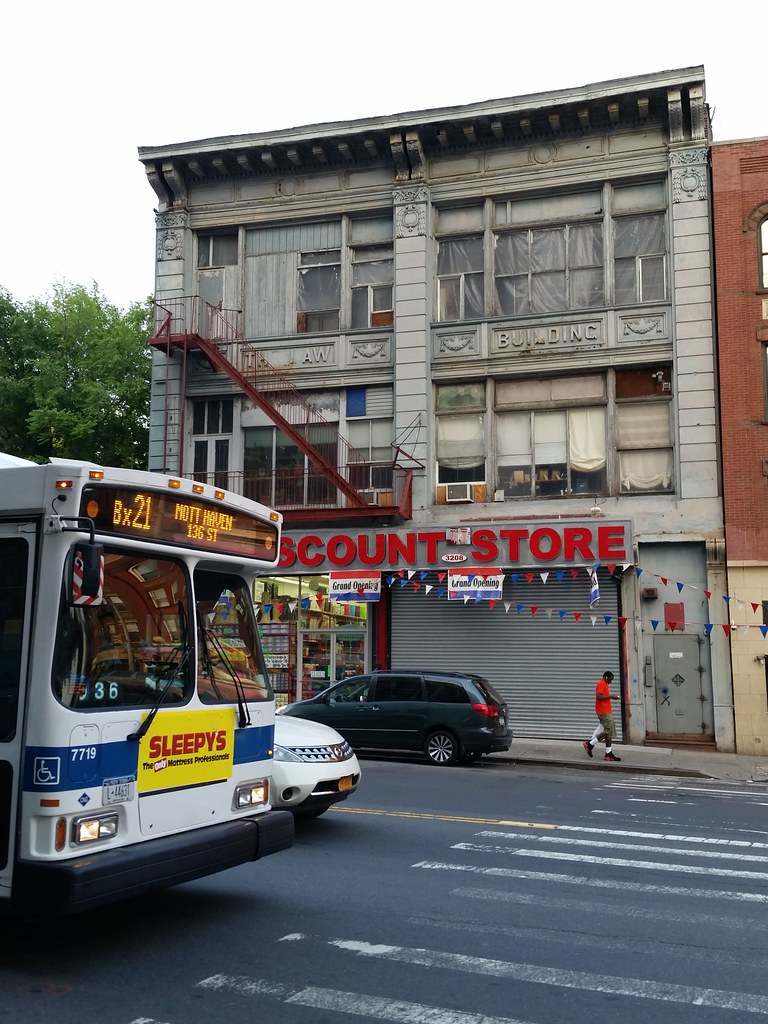
The Law Building, at 3208-3210 Third Avenue, is located across the street from the old Bronx Borough Courthouse. True to its name, the building was formerly occupied by law offices, and was also home to the designated auction room for court-ordered sales of Bronx real estate, not to mention a bakery and restaurant where at least one kid's bar mitzvah reception was held.
One of the lawyers who hung out his shingle here, Edgar Hirschberg, once represented, in the matter of a disputed election, Michael J. Garvin, the "Tammany hack of little knowledge and less repute" who stole credit (and payment) for the design of the aforementioned courthouse from Oscar Bluemner.
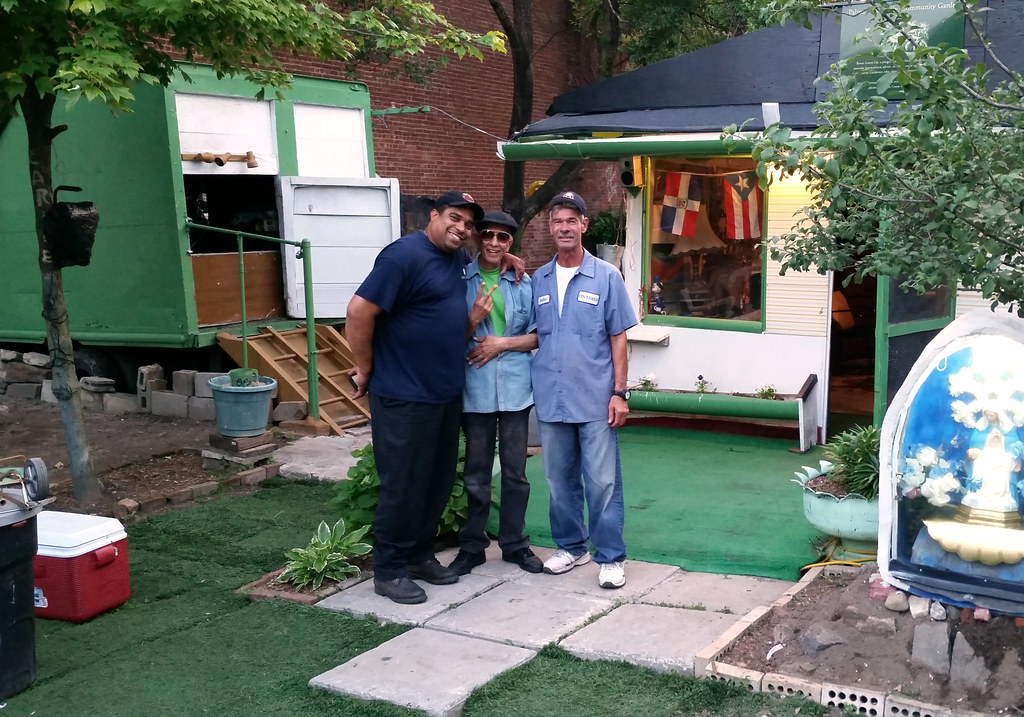
After Milciades put on a mini-concert in the casita at the Palmas del Caribe community garden, the guys offered me a couple of Coors Lights and a tour around the garden. You can hear Milciades play another tune, after warming up his pipes, below.
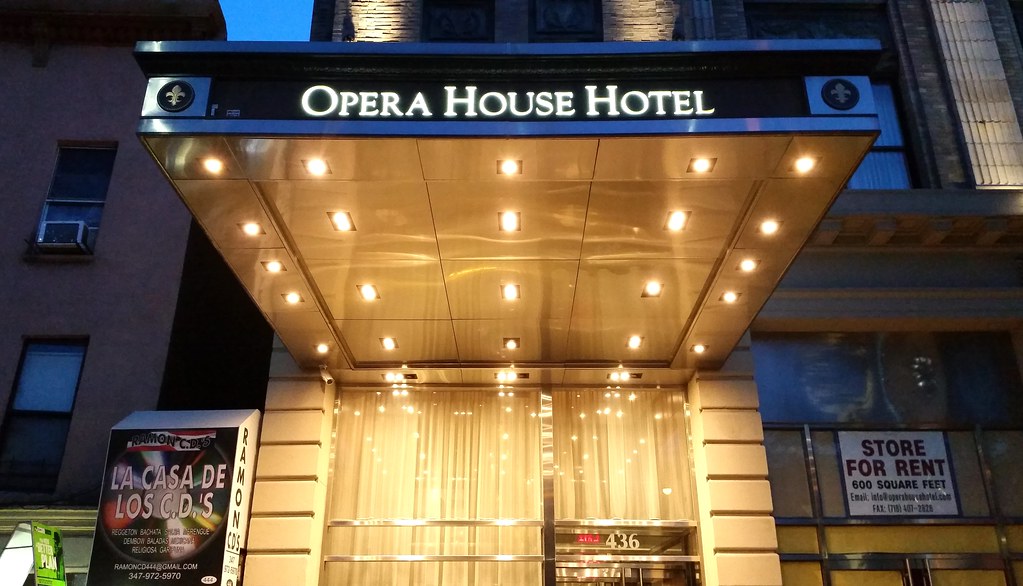
This boutique hotel occupies the former Bronx Opera House. According to the hotel, the old theater "hosted some of the top performers in the history of show business, including Harry Houdini, George Burns, John Bunny, Peggy Wood, John and Lionel Barrymore, and Eddie Cantor."
UPDATE: The Opera House Hotel briefly gained notoriety a couple of months after I walked by when it was determined that the hotel's rooftop cooling tower was the source of an outbreak of Legionnaires' disease that killed 12 people in July and August.

On the wall of this former Rite Aid, the Royal Kingbee is inexplicably bonking himself on the head with a mallet.

